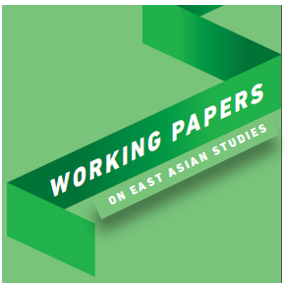Architectural Innovation in China : The Concept and its Implications for Institutional Analysis
Abstract
China’s rapid economic ascent has been accompanied by brilliant institutionalist scholarship elaborating
on the significance of institutional diversity for China’s recent development trajectory. As valuable
as these analyses are, their foundation in the transition literature seems to have resulted in their
focusing mainly on offering explanations for the characteristics and the (temporary) persistence of institutional
diversity rather than on providing insights about the impact of that diversity on such issues
as innovation and competitive advantage. This focus has arguably contributed to both, a limited understanding
of China’s development model as well as a limited impact of the findings concerning China’s
institutional reality on the research program of the comparative capitalisms, specifically on the debate
on the benefits and flaws of the so-called Varieties of Capitalism (VoC). Building on recent work on innovation
in China, the present paper seeks to provide a typology of architectural innovation, a concept
that was originally introduced by Rebecca Henderson and Kim Clark as an extension to the radical/
incremental innovation typology, in order to capture the main features of a pattern that appears to be
found in a great number of China’s (assembly) industries. After illustrating this pattern with the help
of an exemplary case study of China’s passenger vehicle sector, the paper will give a brief discussion
of how institutional diversity and the various roles of government relate to the identified pattern of
innovation.

